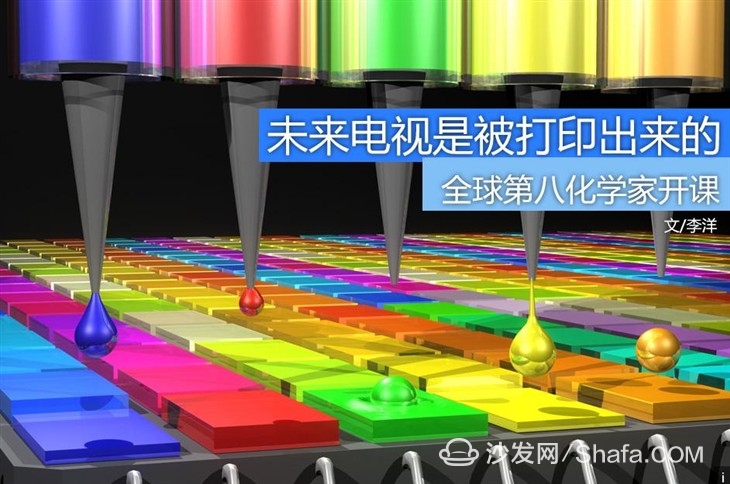
There are similar signs in the current television scene. In this era of 4K, HDR, OLED, Quantum Dots and other technologies emerging in a short period of time, the display technology innovation has become as intense as competition. After 4K has become the absolute mainstream, HDR technology has also occupied all high-end TV products. There is one question left to this era. In the end who is the mainstream of future display technology, the industry's answer is to OLED, because it is a complete revolution in display technology, like the transition from CRT to LCD, LCD technology To OLED is also a revolution in the new display technology principle.
------------------------------------
The eighth chemist from the world starts to explain display technology
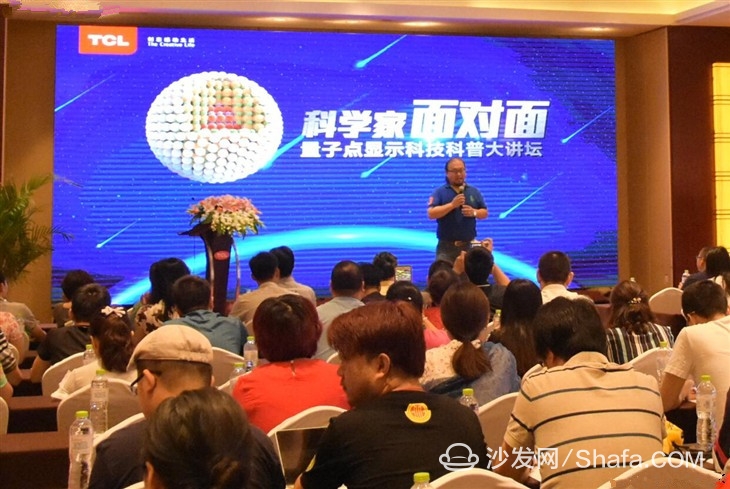
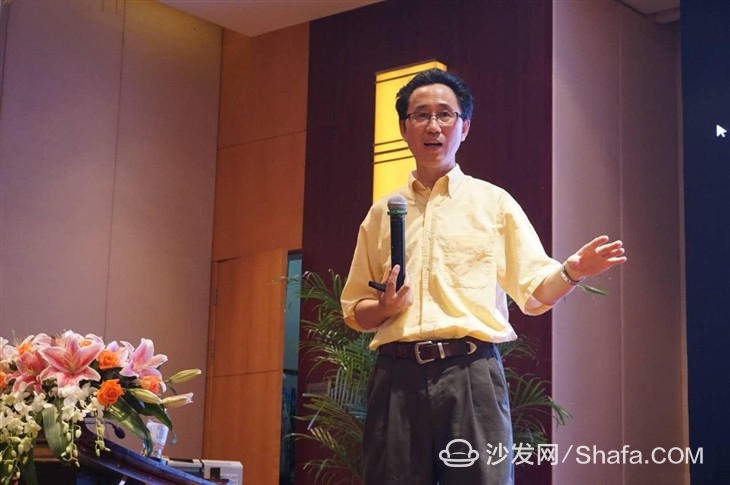
-----------------------------
Quantum dots are a high-tech material
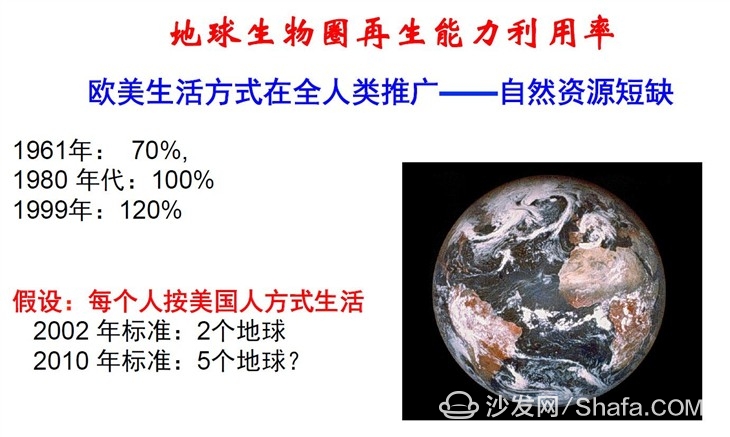
In order to limit the length of space, Professor Peng's explanation of the relationship between resources and recycling will not be introduced. In short, the recycling efficiency is not high, because developed countries throw waste disposal to developing countries that rely on manual operations. According to Prof. Peng, for countries such as China and India, a rising country, in the face of the existing shortage of natural resources, the core of this problem should be the development and application of high-tech materials, and materials that have not been used in the past. Become useful while not burdening nature.
-------------------------------
The best luminous material in human history
Quantum dots are one of such high-tech materials because it reconstructs the material at the atomic and molecular level, achieves innovation or better performance, and can change the way of human life. The application prospects of electronic dots include displays, solar cells, and biomarkers. Currently, the most widely used is in the field of display. Professor Peng summarizes in a word: “Quantum dots may be the most outstanding luminous material that humans have ever discovered. ".
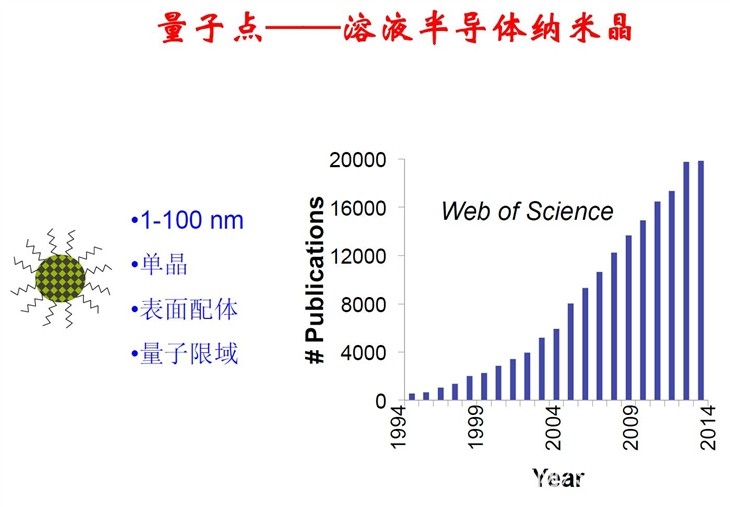
-------------------------------------
After the arrival of BT2020, the color gamut is completely out of touch with LCDs and OLEDs.
Today, this set of television standards (NTSC) that has been used for decades is no longer able to meet the needs of display technology development, so Hollywood, which is leading global camera technology, wants to push the new BT2020 standard. Its color space can cover humans. All colors that the naked eye can sense. The complete BT2020 standard gamut coverage area is equivalent to 140% NTSC, the quantum dot limit can only reach 100% BT2020, LED liquid crystal and OLED technology to achieve such a wide range of color range is unthinkable.
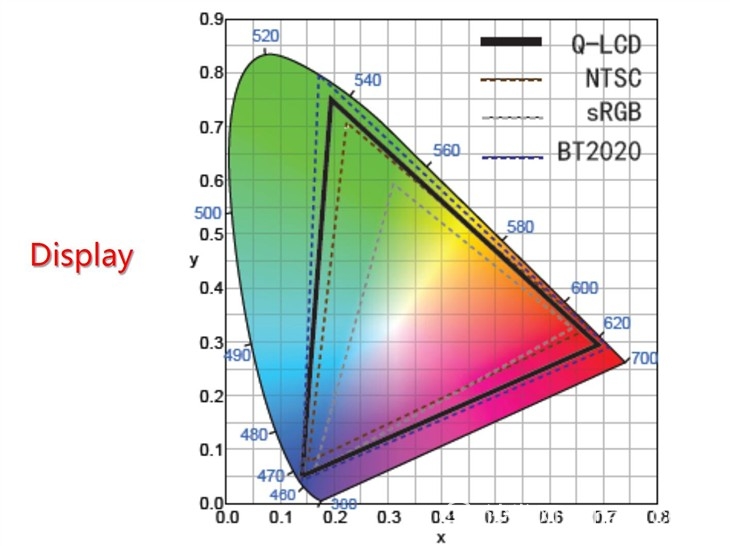
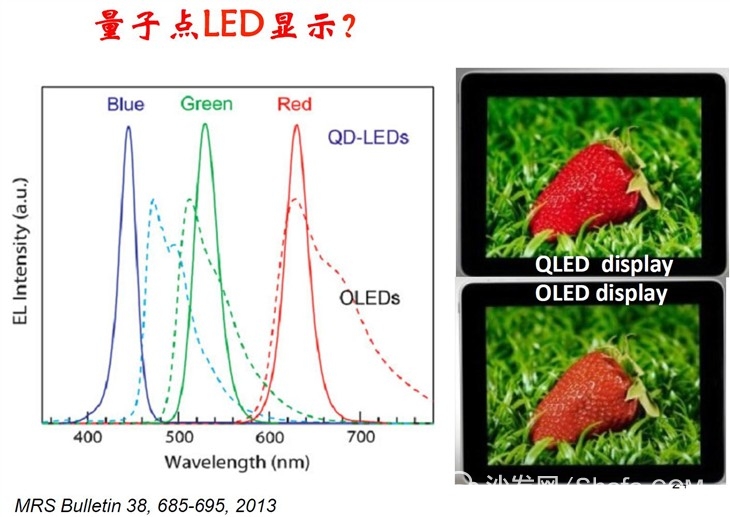
The OLED camp, you need to know is that the current OLED TVs are mostly white OLED "backlight" plus color filters do display, the imaging principle is somewhat similar to LCD TVs, but the characteristics of OLED self-luminous without the intervention of the backlight module, This is the reason that the color gamut of current OLED (WOLED) TV is not high. The true OLED should be RGBOLED, which means that each pixel corresponds to a three-color OLED sub-pixel that can emit light independently. However, the production yield of this method is much lower than that of WOLED, so it has not been popularized on large-size panels.
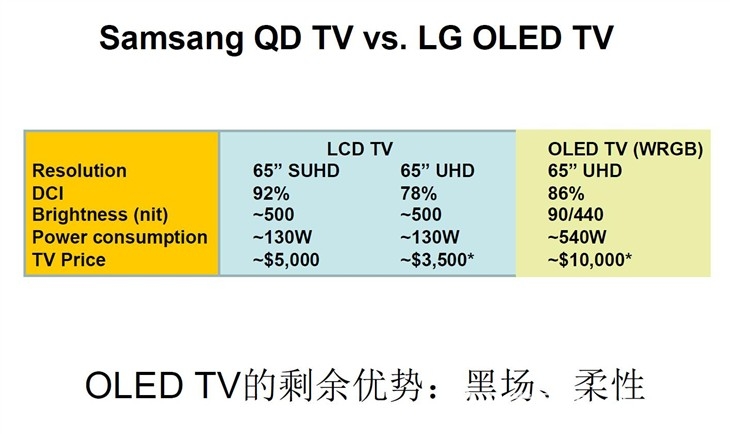
--------------------------
The "OLED" technology of the second generation electroluminescent quantum dot high color gamut, according to Professor Peng, this advantage of OLED is only a short lead, because after the arrival of the second generation quantum dot technology, it can achieve the same pixel as the OLED. Level self-luminous, but also highlight the high purity of the three primary colors self-luminescence.
The quantum dot technology we see today is generalized by Prof. Peng as the first generation of quantum dots. It uses light to "catalyze" light emission. The principle is to stimulate the quantum dot film on the liquid crystal panel to bring green and red through the blue LED backlight. This can produce a complete three primary colors, or replace the LED with a quantum dot backlight. Although these technologies have enabled the color gamut to effectively increase and exceed, it is not the ultimate performance of quantum dots.
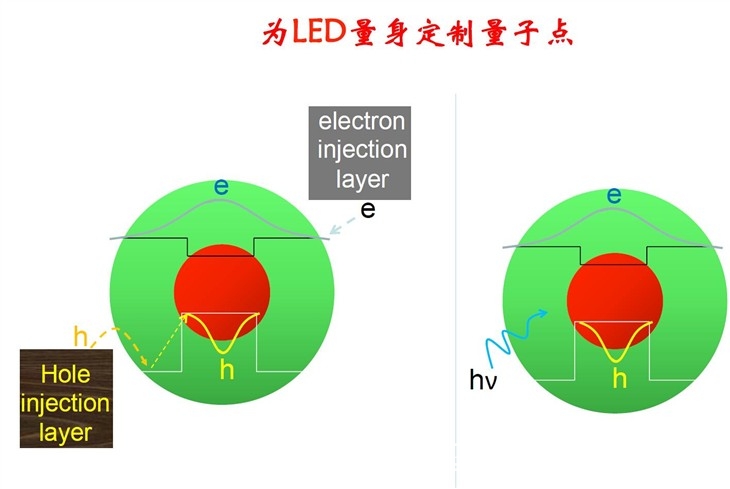
If the quantum dot really does the electroluminescence, it will have the same "self-illumination" characteristics as the OLED, and the black field will naturally be comparable to the OLED. However, in terms of color expression, the purity of the three-primary color is much better than that of the OLED due to the narrow characteristics of the quantum dots, so quantum dots will surpass OLED TVs in the era of electroluminescence.
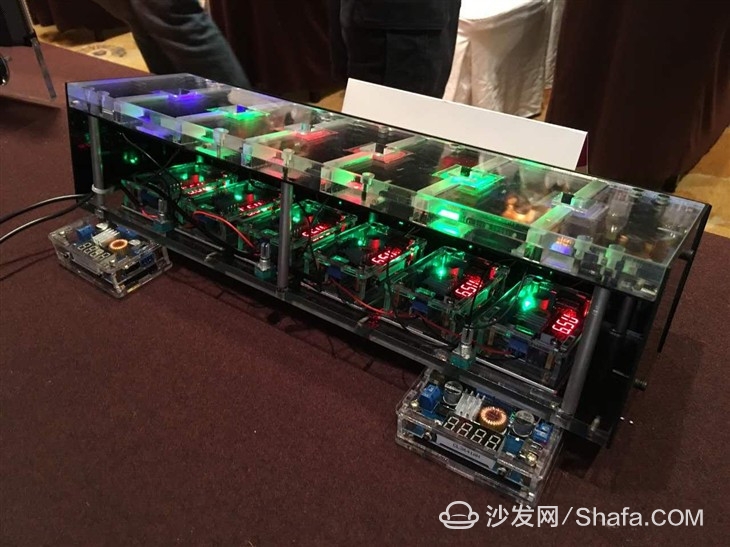
Reducing quantum dot modules is the most difficult technical barrier, and OLEDs are also faced with similar difficulties. At present, the OLED adopts the technology route of vacuum evaporation, which requires heating and evaporation of organic materials under vacuum and plating on ITO glass to form a film. In addition to this organic layer, the electrical grade used for its light emission and the vapor-deposition protection layer are also vacuum-evaporated on the glass panel, which is only a very small part of its complex process.
----------------------------------
TV may be printed in the future
The second-generation quantum dot technology is intended to be printed by printing because the existing quantum dot technology is a solution-processed nanocrystal, which can be made into a "quantum dot ink" to be printed on plastic by a technique similar to ink-jet printing. In the film, if the technology can be achieved, the level of processing energy efficiency as well as the yield rate will surpass the vacuum evaporation of OLEDs. Considering the printed A4 paper, the flexibility of Quantum TV is logical, and it seems to be able to pass through. The film is printed on any smooth object.
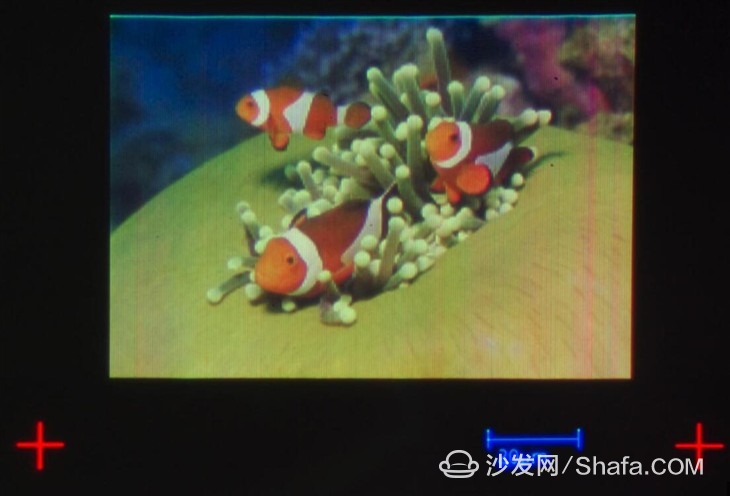
The role of Bushing Cover : is the use of non-conductive material will be charged with isolation or wrapped up the characteristics of a safety measure to prevent electric shock. Good insulation to ensure the safe operation of electrical equipment and lines.
Applications:
1. Busbar Insulation Cover can Effectively eliminate short circuit accidents caused by small animals such as birds and animals or foreign body lap.
2. Prevent electrical accidents caused by condensation flash branding, dirty flash branding and icicle sticking to snow.
3. Bushing Covers can prevent acid rain, salt spray and harmful chemical gases from corrosion of transformer inlet and outlet lines.
4. Avoid casualties caused by pedestrians touching exposed electrical contacts by mistake.
5. The protective cover and metering device can be fully closed operation to prevent illegal elements stealing electricity.
6. Buckle structure, simple installation, reusable.
Bushing Cover,Busbar Insulation Cover,Cover Bushing,Bushing Covers
CAS Applied Chemistry Materials Co.,Ltd. , https://www.casac1997.com